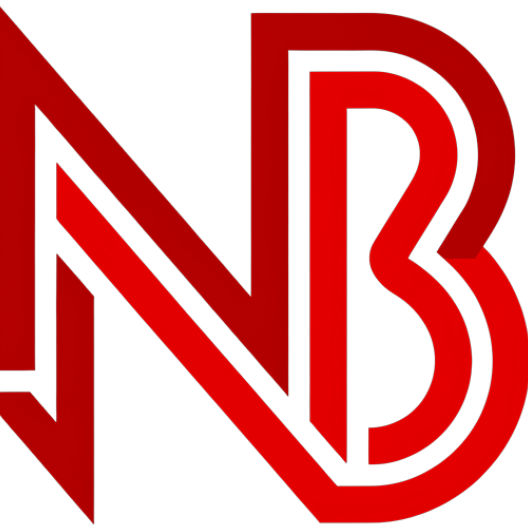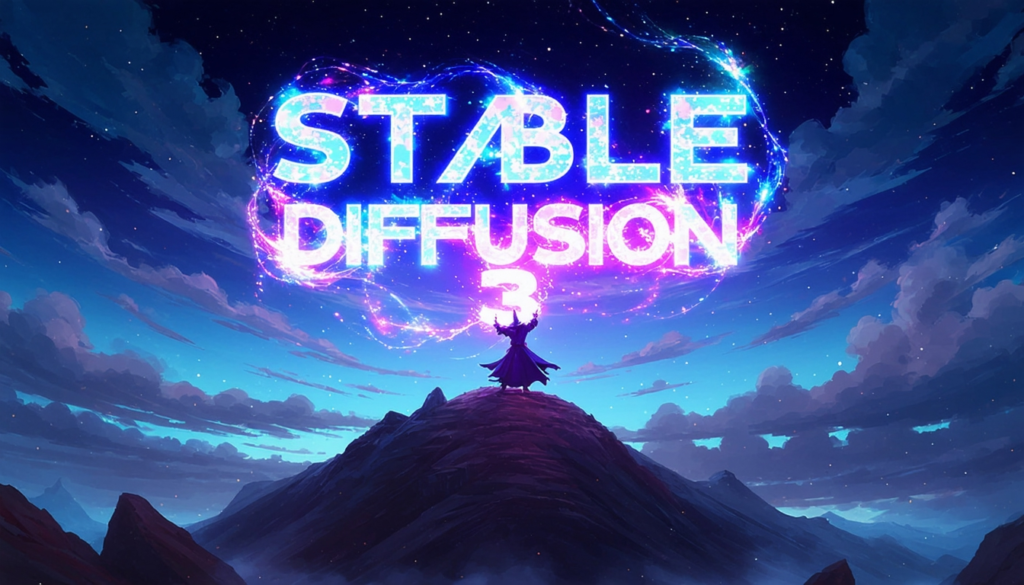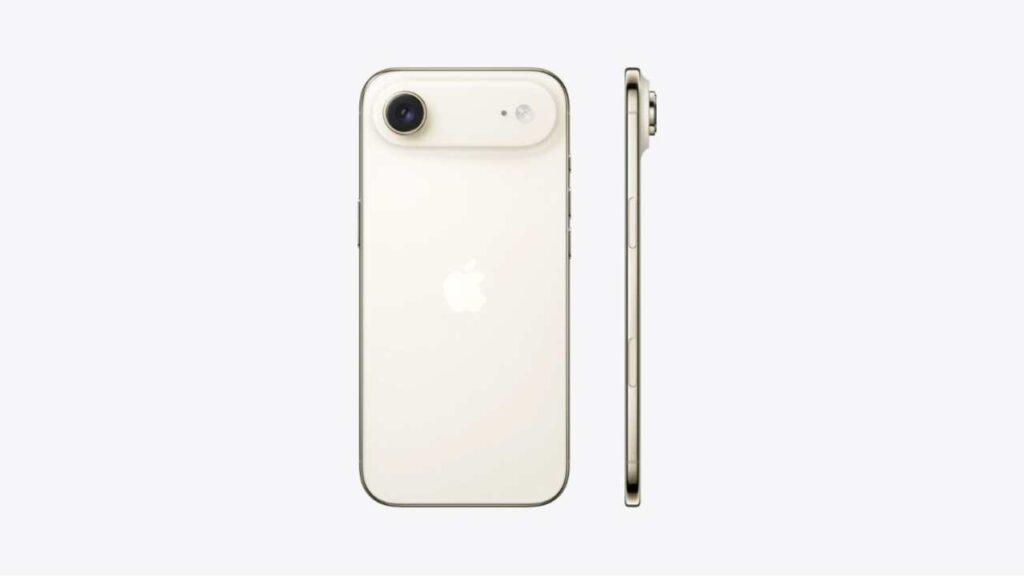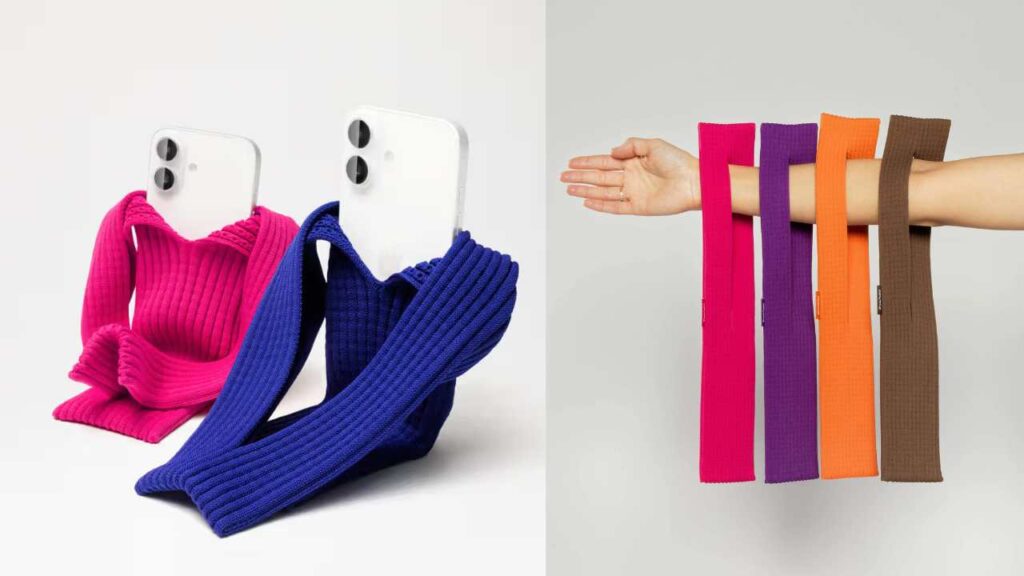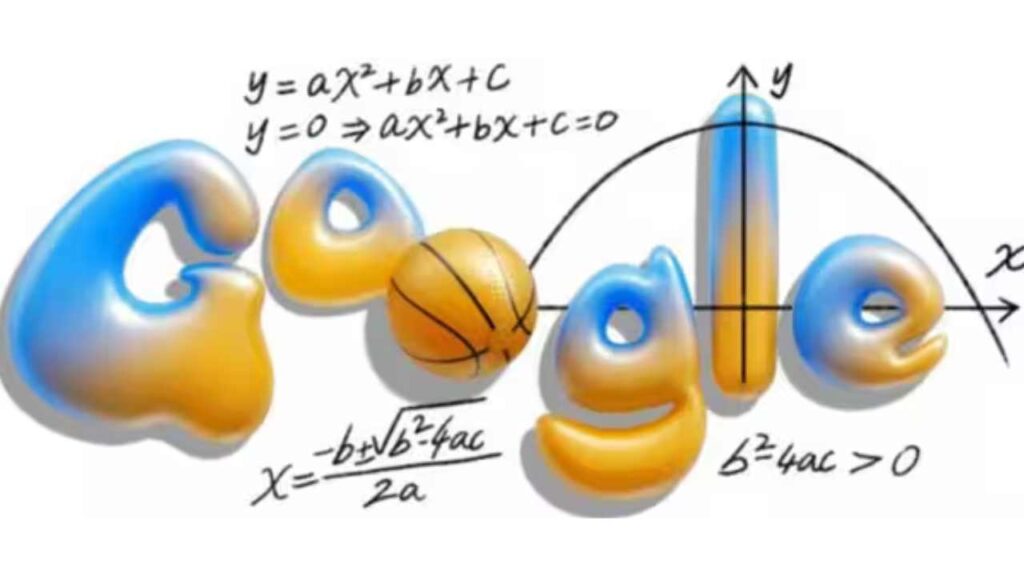The Advancement of AI in image generation has been a transformative journey, marked by significant technological advancements. Early approaches relied on rule-based systems and rudimentary algorithms to create basic visuals. The advent of neural networks, particularly convolutional neural networks (CNNs), revolutionized the field, enabling AI to interpret and generate images more accurately. Generative Adversarial Networks (GANs) further propelled progress by introducing a scaffolding where two neural networks work together to produce highly realistic visuals. More recently, diffusion models, such as Stable Diffusion, have emerged as a breakthrough, harnessing probabilistic methods to create detailed, high-quality images from textual prompts. This progression reflects AI’s increasing ability to blend technical precision with artistic applications, shaping industries ranging from art and design to marketing and entertainment.
Stable Diffusion is a groundbreaking AI tool that has quickly become a key player in image generation, thanks to its cutting-edge approach and accessibility. Developed by the team at Stability AI in alliance with academic researchers and open-source communities, it leverages diffusion models to create high-quality, photorealistic images from text prompts. Launched in 2022, Stable Diffusion stands out for its open-source nature, enabling developers and artists worldwide to explore, customize, and integrate its capabilities into various artistic and practical applications. Its ability to combine advanced machine-learning techniques with user-friendly implementation has positioned it as a transformative force, democratizing AI-powered creativity for individuals and industries.
Breaking Down Stable Diffusion: How It Works and Why It’s Changing the AI Landscape
Understanding Stable Diffusion begins with recognizing its roots in the transformation of generative AI. Developed by Stability AI in association with researchers and open-source communities, Stable Diffusion was released in 2022 as an advanced image generation model based on diffusion techniques. Unlike earlier AI tools, which often relied on GANs (Generative Adversarial Networks), Stable Diffusion uses a probabilistic approach that gradually refines random noise into a detailed image based on a text prompt. Its open-source nature has allowed for widespread adoption and customization, empowering creators, developers, and businesses to generate high-quality, realistic visuals. This tool has quickly become a leading force in the AI space, transforming industries such as art, design, and marketing.
Exploring the Core Features of Stable Diffusion: A New Era in AI Art
- Text-to-Image Generation: Transforms detailed textual prompts into high-quality, realistic images, enabling users to create visuals from simple descriptions.
- Customizability: Offers fine-tuning options for adjusting styles, resolution, and other parameters, allowing for personalized and tailored outputs.
- Open-Source Accessibility: The tool is open-source, promoting novelty and allowing users worldwide to modify, improve, and integrate it into their projects.
- High-Quality and Efficient Output: Generates detailed, photorealistic images quickly, making it ideal for clever experimentation and professional use.
- Versatility: Applicable across various industries, including digital art, design, marketing, and entertainment, making it a flexible cure for many artistic needs.
The Power of Stable Diffusion: Transforming Art, Design, and More
- Expressive Arts: Artists and designers use Stable Diffusion to generate high-quality digital art, illustrations, and visual concepts from text prompts, enhancing inspired workflows.
- Marketing and Advertising: The tool helps marketers quickly produce engaging visuals for campaigns, advertisements, and social media content, reducing production time and costs.
- Game Development: Game designers manipulate Stable Diffusion to generate characters, environments, and assets, speeding up the artistic process in game development.
- Fashion Design: Fashion designers use Stable Diffusion to visualize clothing concepts and create virtual fashion designs, offering trailblazing ways to experiment with new styles.
- Product Design and Branding: Businesses utilize Stable Diffusion for rapid prototyping and branding, creating product visuals and marketing materials with ease and efficiency.
Is Stable Diffusion the Best AI Tool? Comparing Features, Performance, and Results
When comparing Stable Diffusion with other AI tools, it is important to understand its origin and unique features. Developed by Stability AI and released in 2022. Stable Diffusion quickly distinguished itself from competitors like DALL·E and Mid-Journey through its open-source nature. which allows for broad customization and community-driven improvements. Unlike DALL·E, which is a proprietary system.
Stable Diffusion enables developers and users to modify and integrate the model into various applications. While both Stable Diffusion and Mid-Journey produce high-quality images from text prompts. Stable Diffusion is often praised for its efficiency, flexibility, and ability to run on consumer-grade hardware, making it accessible to a wider audience. Regarding performance, Stable Diffusion generally provides faster generation times and greater control over output, while DALL·E offers a more polished, user-friendly experience. The open-source model and cost-effective nature of Stable Diffusion give it a competitive edge for users looking for customization. At the same time, competitors like Mid-Journey and DALL·E continue to attract users with their polished interfaces and premium services.
The Ethics Of AI-Generated Art: Balancing Creativity With Responsibility
The rise of AI-generated art brings both exciting possibilities and significant ethical challenges. One of the key issues is the ownership and authorship of AI-generated works. With tools like Stable Diffusion, anyone can generate high-quality art, but questions arise about who owns the rights to these creations—whether it’s the AI developers, the users who create the content, or the original artists. Whose works may have been used to train the AI.
Another major concern is the potential for misuse of AI to create misleading or harmful content, such as deepfakes or inappropriate imagery. Which can spread misinformation or violate ethical boundaries. Furthermore, intellectual property issues are at the forefront, as AI models might inadvertently replicate copyrighted works, raising questions about fair use and the protection of original creators. There’s also a broader conversation around creativity—while AI can generate stunning art, it challenges traditional notions of human creativity and raises concerns about devaluing the work of human artists. As AI-generated art becomes more prevalent, finding a balance between fostering ingenuity and ensuring ethical responsibility is essential, requiring transparency, accountability, and careful regulation.
Innovative, Accessible, Ethical: The Promise of Stable Diffusion
Stable Diffusion represents the promise of being Inventive, accessible, and ethical in AI-driven image generation. Its novel use of diffusion models enables high-quality, realistic images from text prompts, setting it apart from other AI tools. The open-source nature of Stable Diffusion makes it highly accessible, empowering creators and businesses globally. However, its rapid adoption brings ethical challenges, including issues of ownership, misuse, and the repercussions on traditional creativity. Pressing on, the promise of Stable Diffusion lies in balancing its groundbreaking capabilities with ethical responsibility. Ensuring it benefits industries while addressing these complex concerns.
